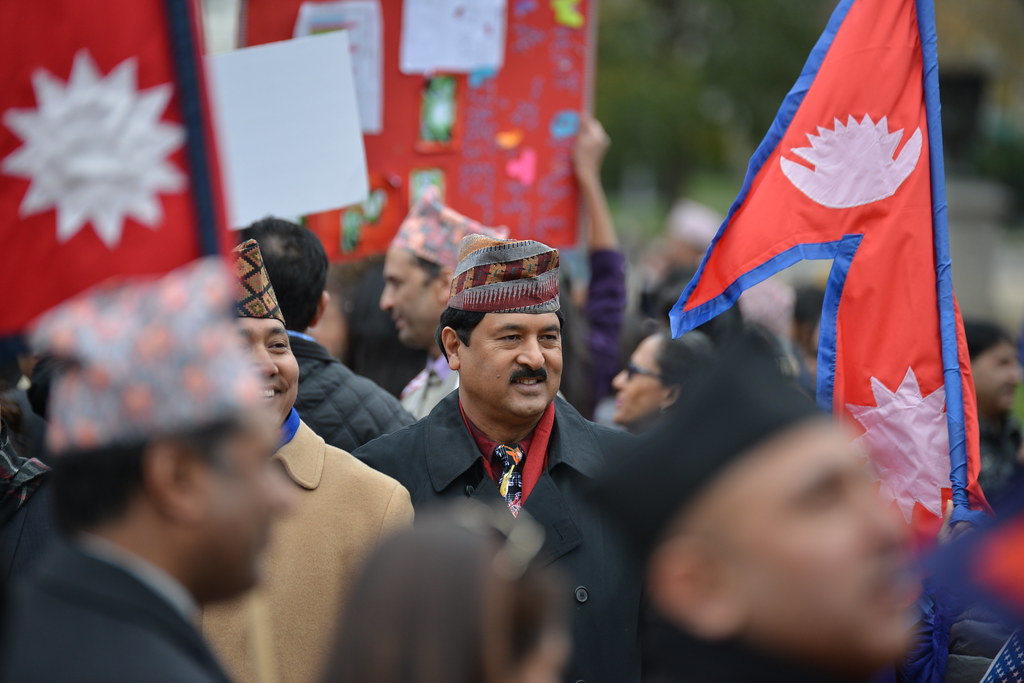 |
| USS Ronald Reagan underway (File Photo) |
By KEN MORIYASU
ABOARD THE USS RONALD REAGAN -- This Nimitz-class aircraft carrier has the motto of "Peace through Strength," a recurrent theme during the Reagan presidency of the 1980s. In its first joint annual exercise with the Japanese Maritime Self-Defense Force since arriving in October at its new home in Yokosuka, Kanagawa Prefecture, the carrier has remained true to its namesake.
Over 7,000 sailors, seven ships and 70 aircraft from the U.S. 7th Fleet teamed up with 25 ships from the MSDF during the joint drill, known as AE16, held from Nov. 16-25. Supersonic F/A-18 Super Hornets roared off the flight deck one after the other, moving from zero to 200kph in 2 seconds.
It was the first exercise between the two naval forces since Tokyo passed new security laws that enable the SDF to fight alongside allies far from home. It came just days after Japanese Prime Minister Shinzo Abe told U.S. President Barack Obama that Japan will consider dispatching SDF ships to the South China Sea, where China has been busy building islands.
Annual exercises take over a year to prepare, thus the itinerary did not take into account the passage of the new laws. Yet, Vice Adm. Joseph Aucoin, commander of the 7th Fleet, signaled that the two sides were conscious of the potential cooperation that the new legislative backing could bring. "For the first time, we transferred not only fuel but food and equipment between JMSDF ships and U.S. ships," he told reporters aboard the carrier, cruising in seas south of Japan.
Vice Adm. Yasuhiro Shigeoka, commander of the MSDF, addressed the media alongside Aucoin. He said that while he had not received any specific orders to sail in the South China Sea, the JMSDF was capable of conducting operations alongside the U.S. Navy if called upon. "We have been conducting training to coordinate with the U.S. Navy," he said, "so if ordered, we are ready to take such action."






























